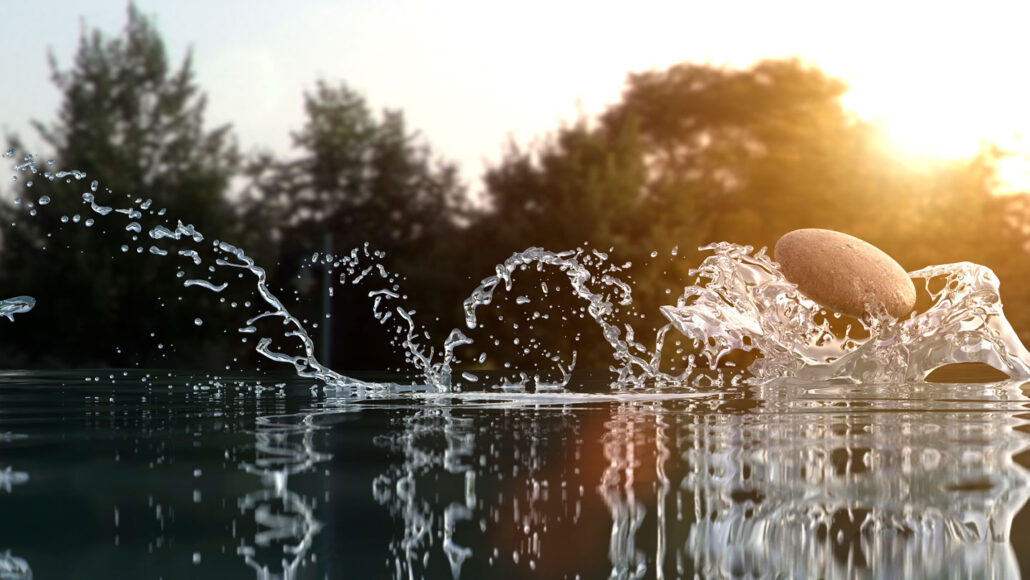Questions for ‘Skipping stone physics could aid net-tangled whales and more’

Many children who grow up near bodies of water attempt to fling stones across the water, making them skip as many times as possible before finally sinking. Similar physics inspired the development of new buoys to help save trapped whales.
Colin Anderson Productions pty ltd/Photodisc/Getty Images Plus